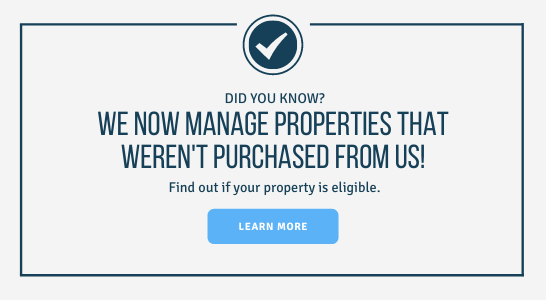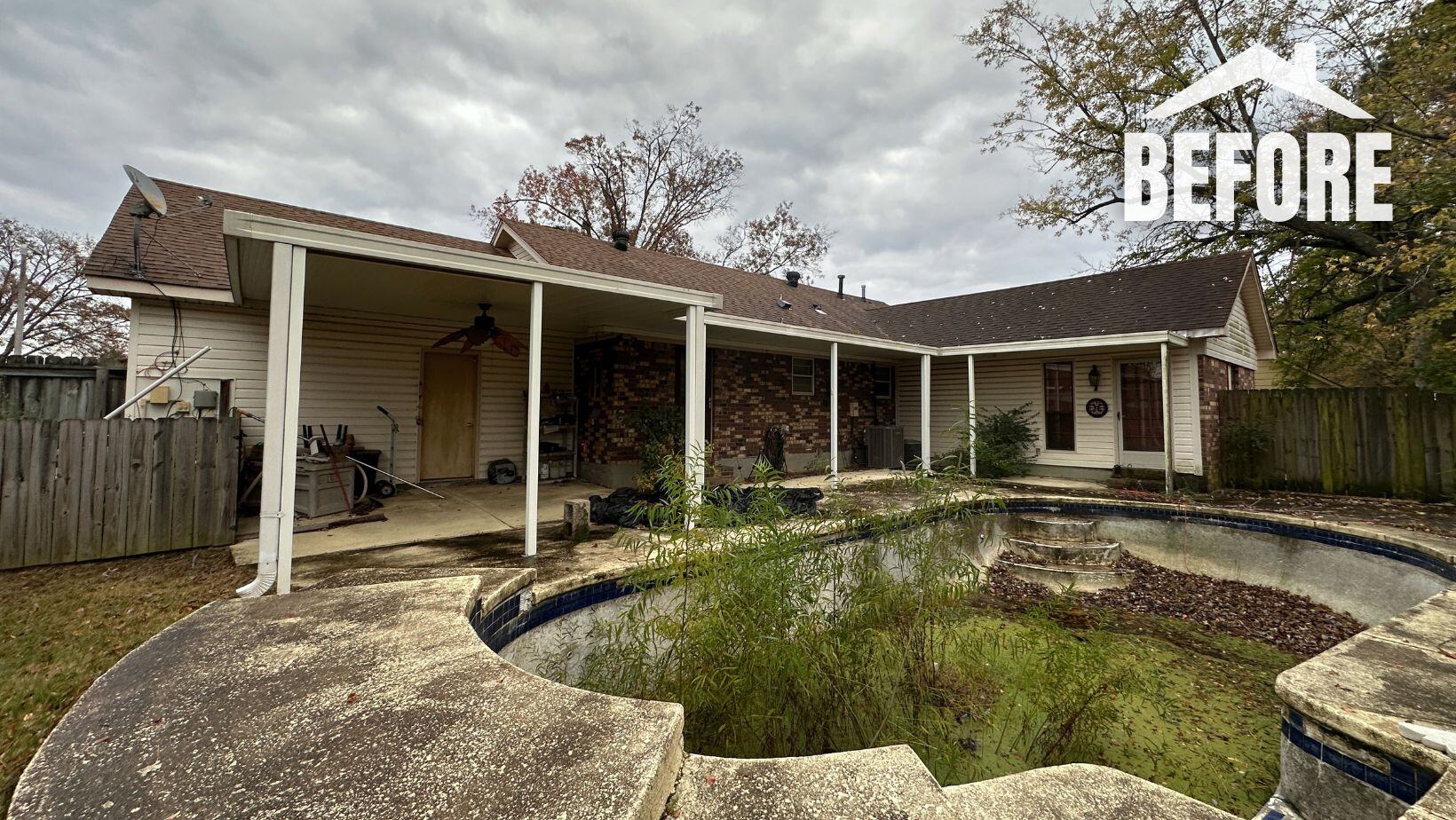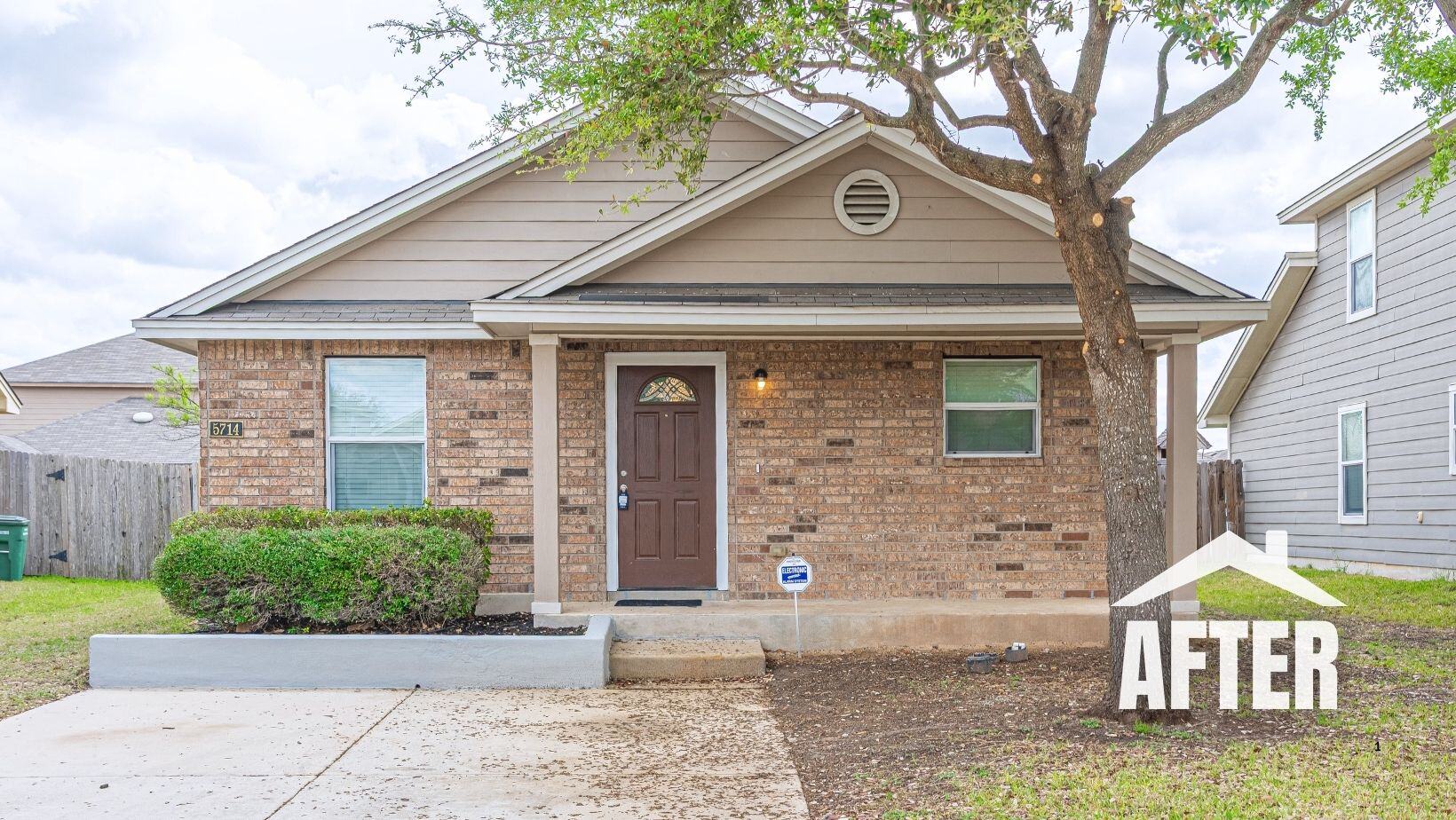-1.png?width=209&height=314&name=Blog%20(41)-1.png)
As the Spring buying season kicks off, investors may find themselves with a bit of FOMO, or 'fear of missing out'. After all, property acquisitions are exciting! However, as responsible real estate investors, we understand that scaling one’s portfolio demands a plan.
Scaling your portfolio is a major step toward long-term financial success. That said, it’s not as simple as pulling up the MLS and putting in offers! Before buying new rental properties, investors must take strategic steps to ensure growth is sustainable and wise.
Here are key actions to take before adding to your turnkey real estate portfolio.
7 Steps to Take Before Expanding Your Real Estate Portfolio
#1 – Assess Financial Stability
Before acquiring additional properties, review your finances. Evaluate your cash flow, debt-to-income ratio, and liquidity. Run the numbers – what sort of impact can you anticipate from an additional property? What position will you be in after upfront costs are settled? Will you have enough of a safety net, or will you scale that, too?
A strong financial position allows for smoother transactions and minimizes risk. Consider:
- Whether existing properties generate positive cash flow.
- Having a sufficient cash cushion for maintenance and vacancies.
- Maintaining a good credit score for favorable financing options.
#2 – Optimize Existing Portfolio
We know you’re eager to grow your portfolio – but sometimes, it’s better to hold off in favor of cultivating success in your existing investments. Before expanding, maximize the performance of your current rental properties. This includes:
- Reducing vacancies by improving resident retention.
- Refinancing properties if lower interest rates are available. (Or if you stand to benefit from a cash-out refi)
- Analyzing your properties to identify and eliminate inefficiencies.
Further Reading: This is How You Know It’s Time to Scale Your Real Estate Portfolio
#3 – Consult Your Real Estate Team
No question about it – successful passive investors rely on a solid support team. At times, passive investors may be out of touch with their team, simply because they haven’t had to be. Before scaling, it's crucial to get on the same page with the professionals supporting your endeavors, providing you with the reassurance and support you need:
- Property managers to handle current and future properties in your portfolio. Is the same team available to manage your new acquisitions?
- Financial advisors to help you determine what investments best align with your long-term goals.
- Accountants who know real estate tax strategies and help you make the most advantageous decisions.
#4 – Research the Best Markets
If you’ve been in the business for a while, you're aware of how vastly different real estate markets can be. Don’t let the hype dictate where you invest. Dive deep into market research to pinpoint high-growth areas with strong rental demand. Factors to consider include:
- Job growth and economic stability. (New businesses, salaried positions available, industry diversity)
- Population trends and rental demand. Is there an overall, persisting trend towards growth?
- Property taxes and local regulations impacting owner-investors.
#5 – Secure Favorable Financing
Most investors will utilize financing to get the job done. Still, it’s wise to consider all your options and shop terms and rates. Before purchasing additional turnkey rental properties, explore options such as:
- Conventional loans with competitive interest rates.
- Portfolio loans for investors with multiple properties.
- Investor-friendly lenders willing to play ball.
Ideally, investors identify and can stick with a lender that understands turnkey investing and eagerly partners with you.
#6 – Diversify to Minimize Risk
One of the most compelling reasons to scale your portfolio is diversification. Spreading out risk. Because of this, scaling shouldn’t overconcentrate in a single market. Consider diversification by:
- Investing in different cities or states.
- Choosing properties in up-and-coming neighborhoods and areas of revitalization.
- Conducting a 1031 Exchange to expand your reach, tax-deferred.
#7 – Leverage Turnkey Real Estate Providers
The key to scaling your portfolio as a passive investor? Turnkey. Turnkey providers offer ready-to-rent properties with management in place, saving you all the headaches that can come with owning rentals. Chances are, you already have a turnkey provider. But if you don’t, consider it! You’ll be able to expand your portfolio far beyond what you can accomplish on your own.
When choosing a turnkey provider:
- Verify their reputation and track record.
- Review property management services included.
- Compare property prices, cash flow potential, and occupancy rates.
- Consider the value of the services offered and how they align with your long-term strategy.
Scaling a passive real estate portfolio requires careful planning and execution. If you follow these steps, you’ll minimize risk while maximizing your portfolio’s potential!
For more insights into passive real estate investing and turnkey opportunities, make sure you subscribe to the REI Nation blog!
Have more questions? Tap the button below to speak to one of our portfolio advisors.












